Fat transfer breast augmentation is gaining significant attention in cosmetic surgery. This natural method uses the patient’s fat to increase breast volume, offering an alternative to traditional breast implants. As surgical techniques evolve and demand for natural solutions grows, fat transfer breast augmentation is becoming the preferred option for many women seeking to enhance their breast appearance.
What is Fat Transfer Breast Augmentation?
Fat transfer breast augmentation, or autologous fat transfer or lipofilling, involves harvesting fat from one area of the patient’s body and reinjecting it into the breasts. This approach allows for a natural volume increase without using foreign bodies.
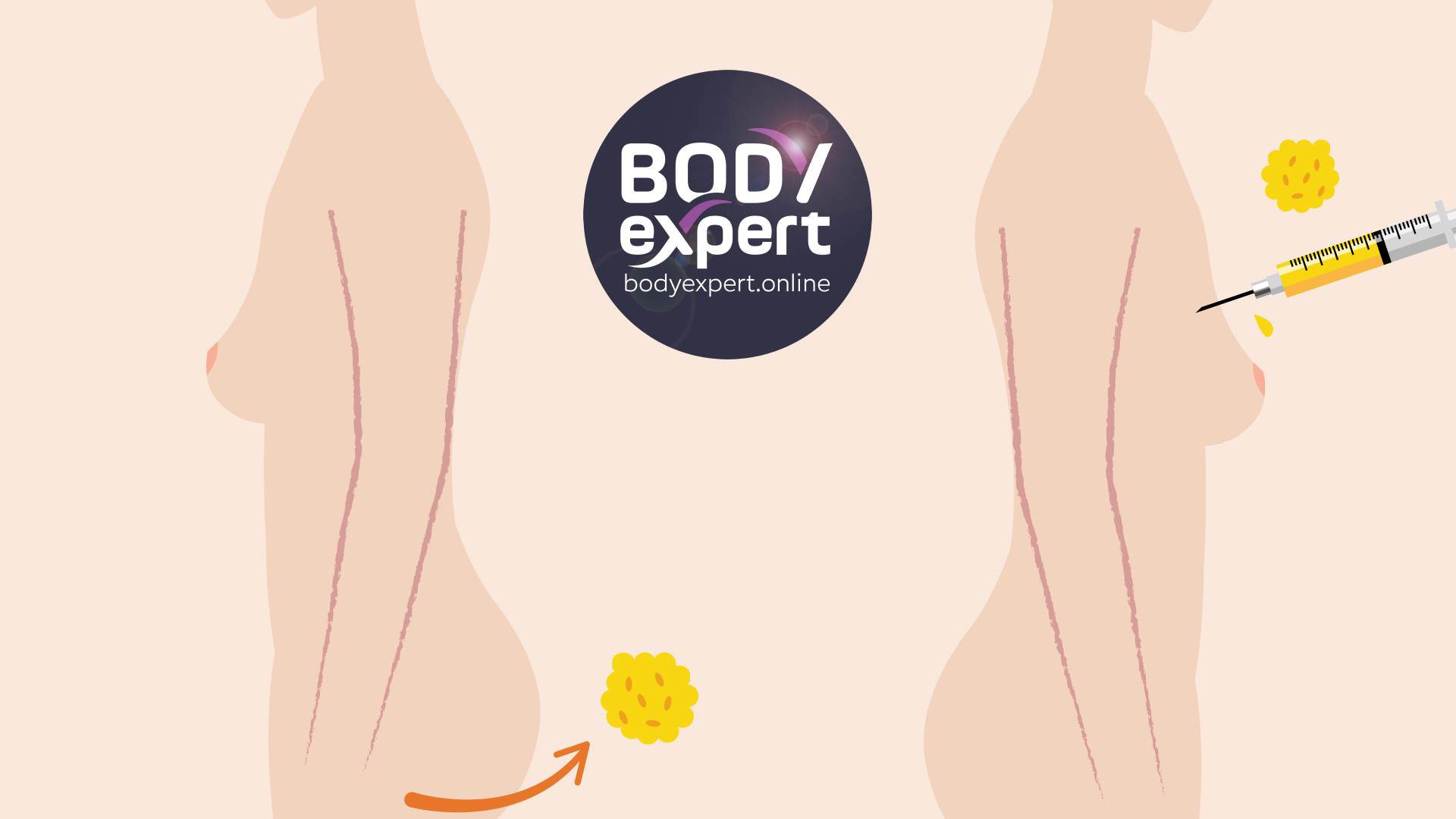
The history of fat transfer dates back to 1893, when German surgeon Franz Neuber first used it to fill a facial scar. However, it was in the 1990s that Dr Sydney Coleman developed and popularised the technique for breast augmentation.
The growing interest in fat-transfer breast augmentation can be attributed to several factors:
- Increasing demand for natural solutions in cosmetic surgery
- Improved fat harvesting and injection techniques
- More harmonious and natural results compared to implants
Principles and Techniques of Fat Transfer Breast Augmentation
How Does Fat Transfer Work?
Fat transfer breast augmentation is based on the principle of autologous fat transfer, which occurs in three main stages:
- Fat is harvested from an area of the body with excess fat.
- The removed fat cells are purified and concentrated.
- The purified fat is reinjected into the breasts to increase their volume.
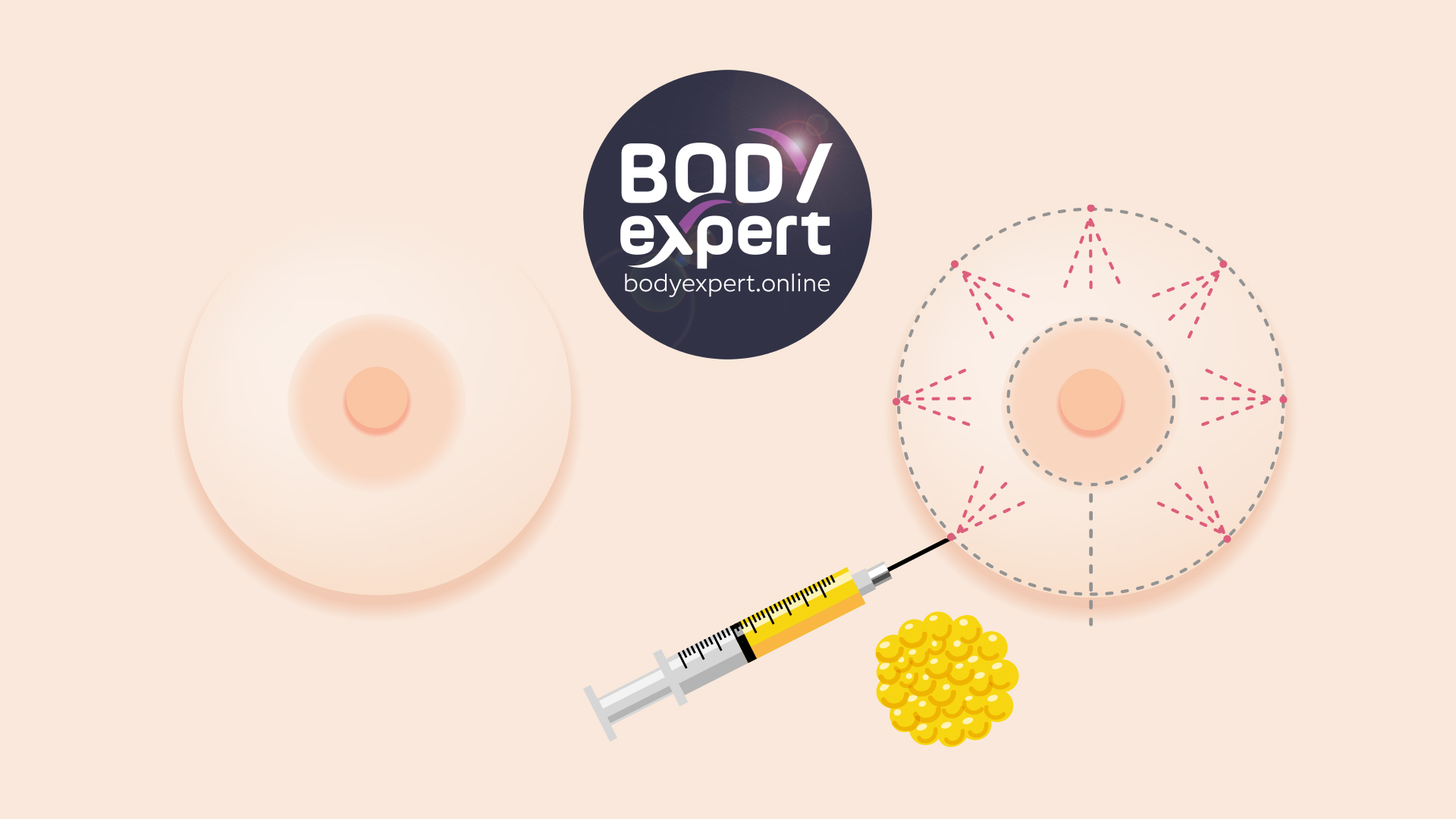
The detailed process is as follows:
- Gentle liposuction: The surgeon uses fine cannulas to suction fat from the donor areas gently.
- Fat purification: The harvested fat is centrifuged or decanted to remove excess fluids and cellular debris, retaining only viable fat cells.
- Reinjection: The purified fat is reinjected into the breasts using micro-cannulas, creating multiple tunnels in different planes of the breast to optimise graft uptake.
Donor Areas for Fat Transfer Breast Augmentation
The most common donor areas for fat transfer breast augmentation are:
- The abdomen: A fat-rich area offering the advantage of discreet scars.
- The hips and flanks: Allowing simultaneous body contouring
- Inner thighs: Providing good quality fat
- The inside of the knees: An area often overlooked in classic liposuction
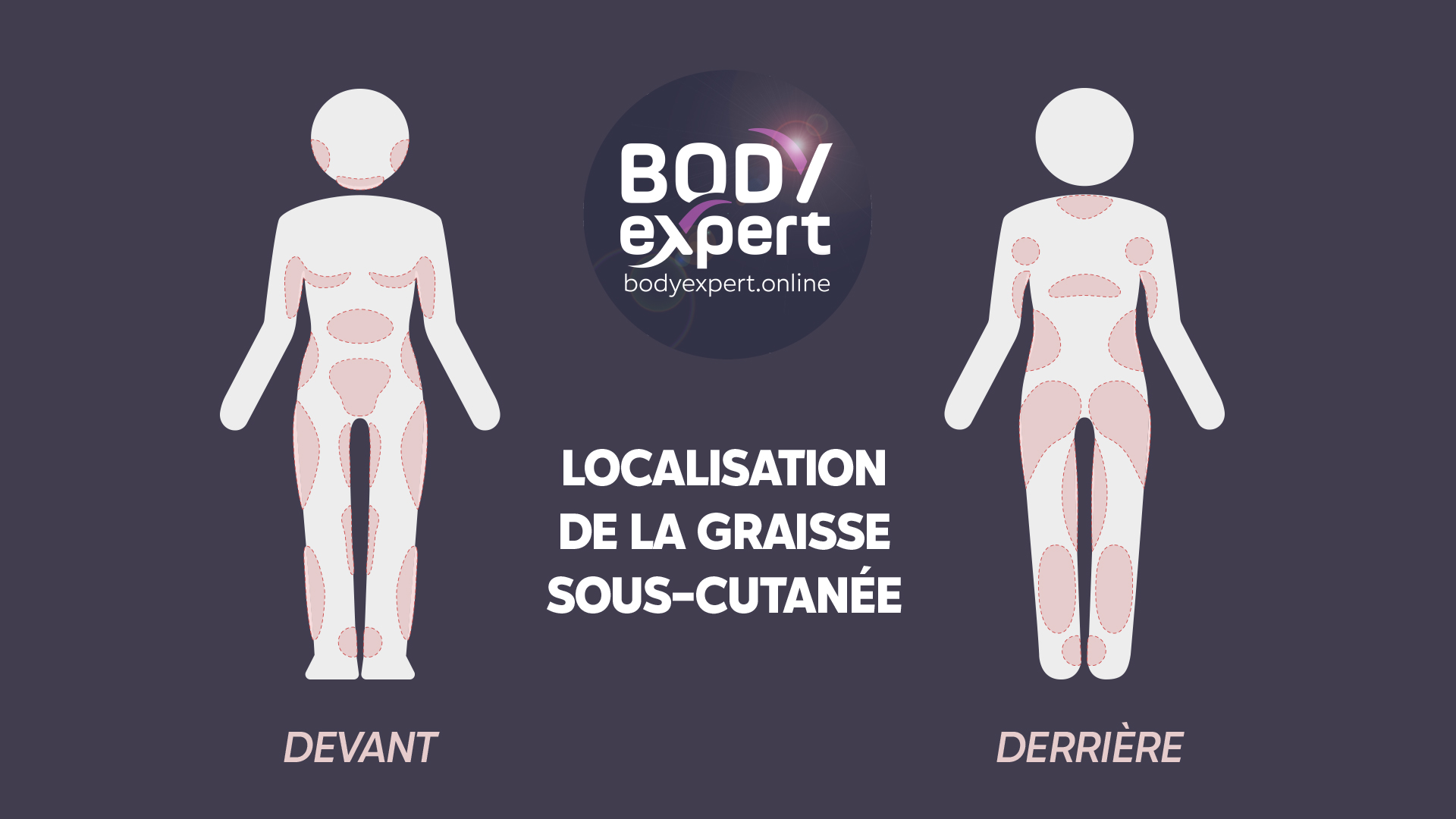
The surgeon determines the donor areas based on the patient’s body shape. One major advantage of fat transfer breast augmentation is the possibility of sculpting these areas simultaneously, offering a dual aesthetic benefit in a single operation.
Indications for Fat Transfer Breast Augmentation
Fat transfer breast augmentation is particularly suitable in the following cases:
- Moderate breast enhancement: It increases breast volume by up to one cup size per session.
- Correction of asymmetries: To balance volume differences between the two breasts.
- Correction of irregularities: After weight loss, pregnancy, or breastfeeding.
- Improving results after implant surgery: To soften contours and achieve a more natural result.
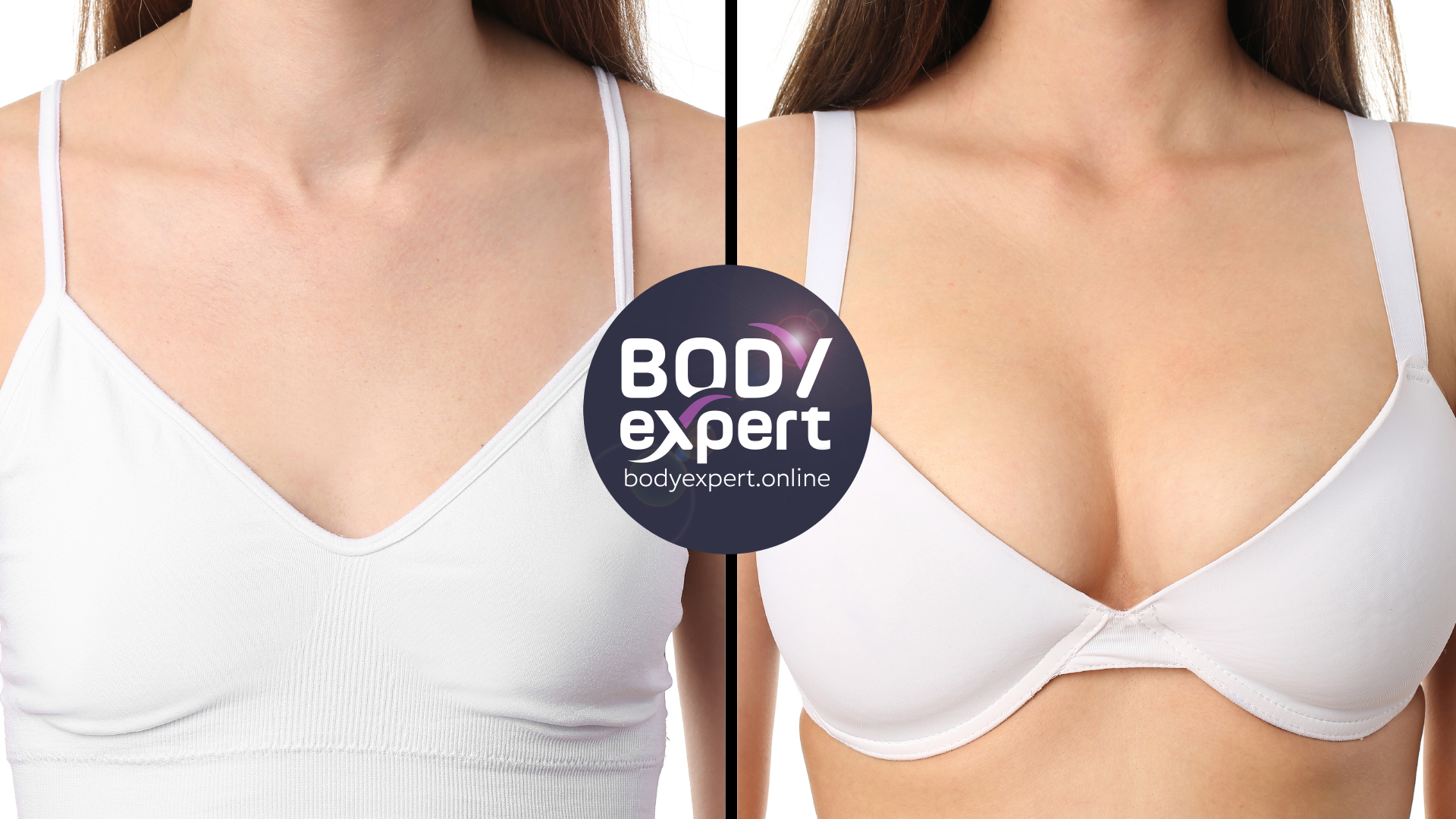
The Fat Transfer Breast Augmentation Procedure
Pre-operative Consultation
A thorough pre-operative consultation is essential before any fat transfer breast augmentation procedure. During this consultation, the surgeon conducts a meticulous clinical examination. They assess the initial breast volume, analyse skin quality and elasticity, and identify potential donor areas. The patient’s expectations, including the desired volume and the number of sessions that may be required, are also discussed in detail.
The surgeon then prescribes essential additional tests, such as a mammogram and/or breast ultrasound, as well as a pre-operative blood test. These tests help ensure no contraindications and allow for optimal operation planning.
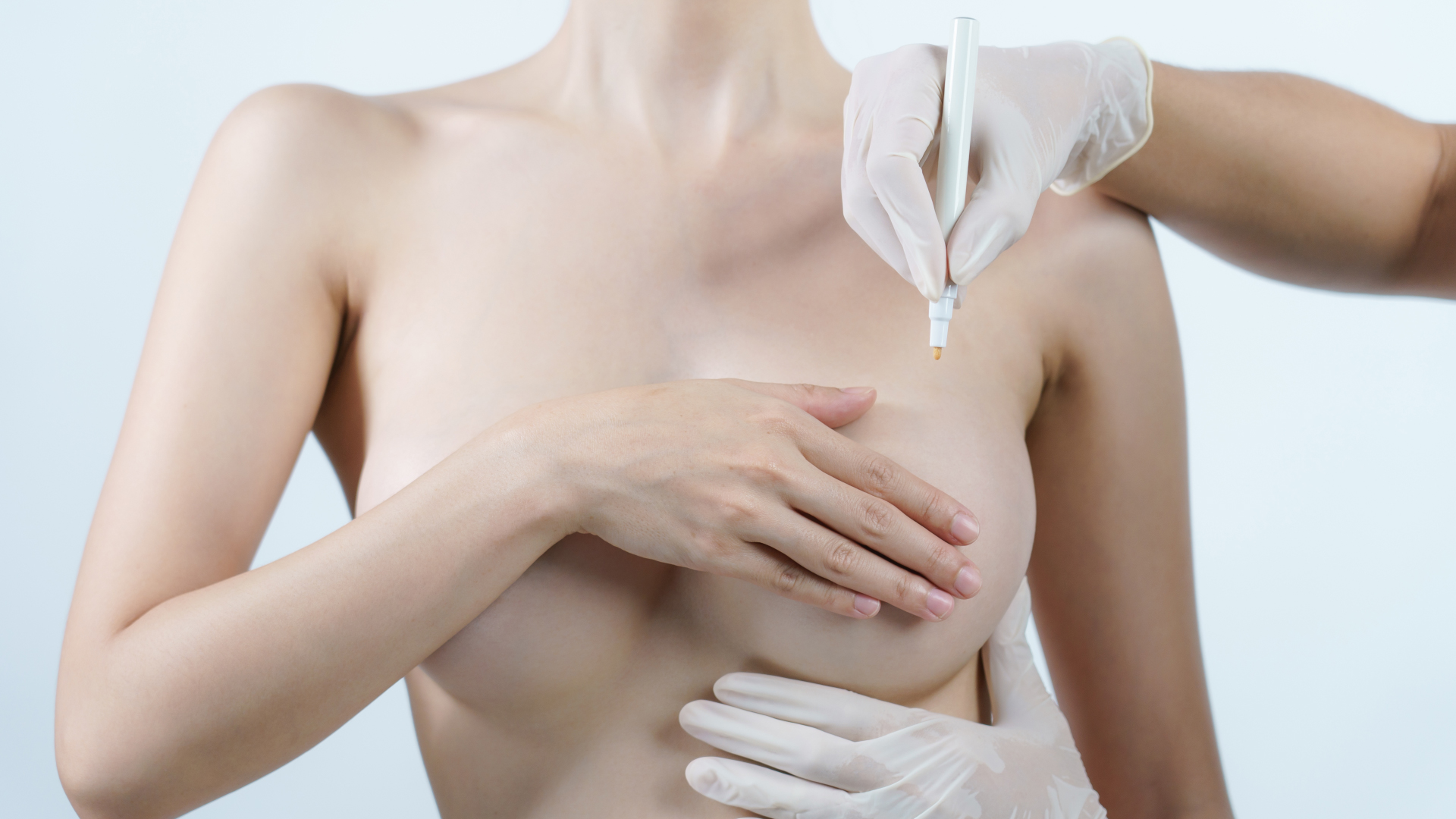
The Day of the Operation
The type of anaesthesia chosen on the day of the operation is based on the volume to be treated. Local anaesthesia with sedation may suffice for small volumes, while larger volumes typically require general anaesthesia. The procedure lasts, on average, between 2 and 3 hours.
There are three main stages to the procedure:
- Fat removal: The surgeon infuses a tumescent solution into the donor areas to facilitate removal and minimise bleeding. They then perform gentle liposuction using fine cannulas.
- Processing of removed fat: The fat is centrifuged or decanted to remove excess fluids and cellular debris, leaving only viable fat cells.
- Reinjection of purified fat: The surgeon uses micro-cannulas to inject fat precisely into different planes of the breast: subcutaneous, intra-glandular, and retro glandular. Creating multiple tunnels is crucial for optimising graft uptake and obtaining a harmonious result.
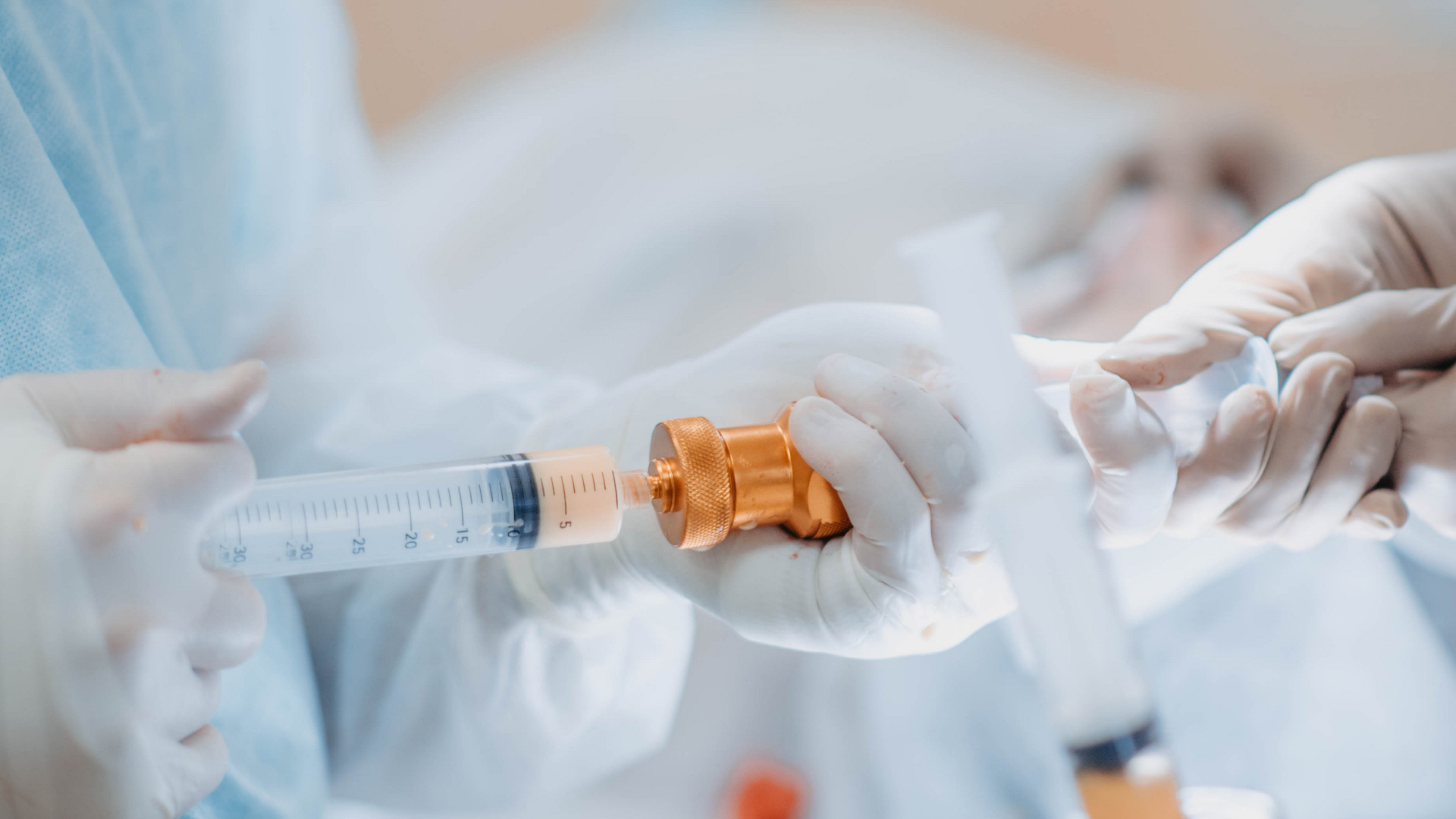
Immediate Post-operative Period
After the operation, patients can expect:
- Moderate pain, controlled by analgesics
- Bruising and swelling in the donor and injection areas
- The need to wear a compression bra 24 hours a day for 1 month
- A rest period of 2-3 days, with the possibility of returning to work after 3-7 days, depending on the activity
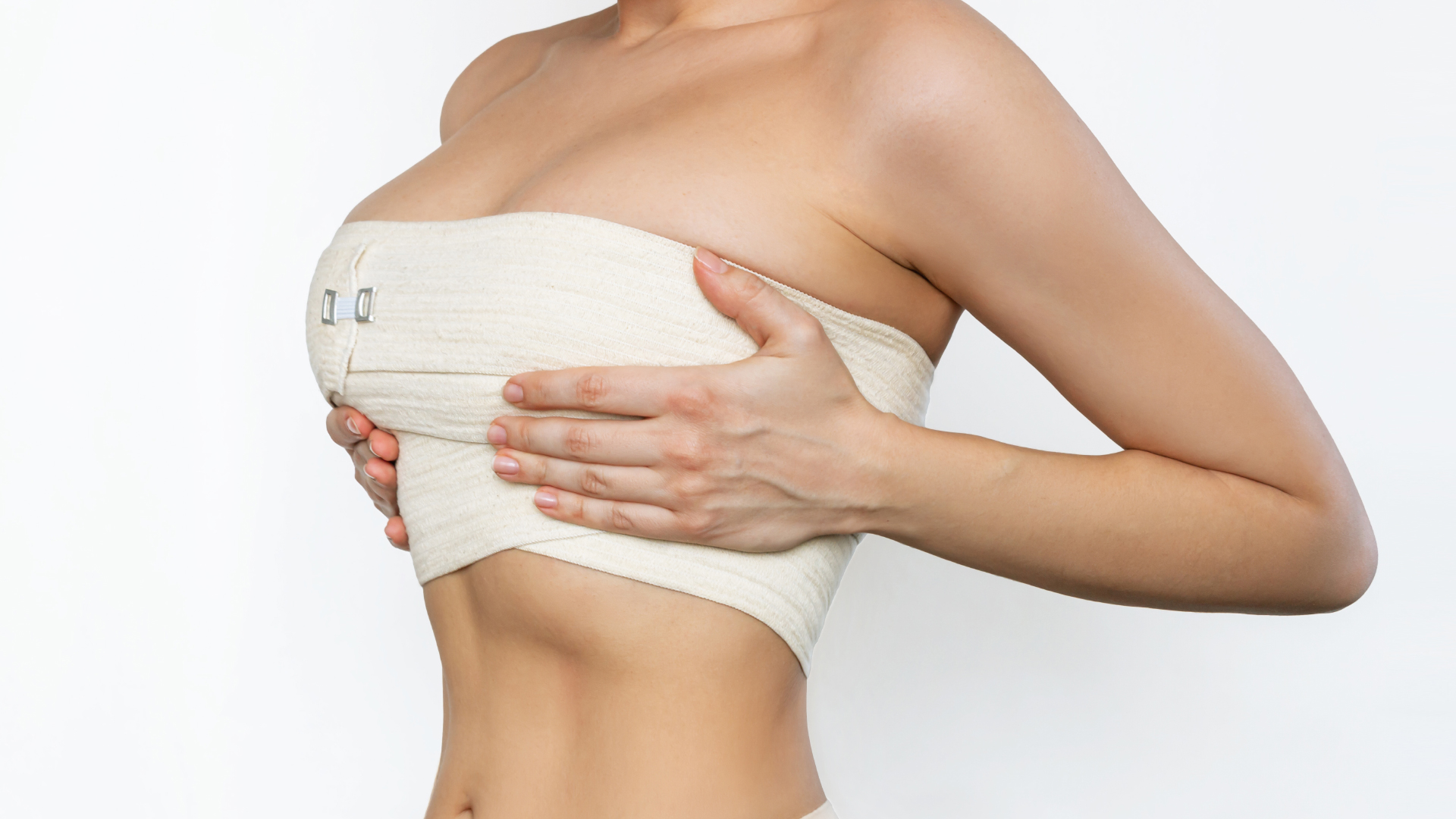
Expected Results from Fat Transfer Breast Augmentation
Fat transfer breast augmentation offers a progressive and natural increase in volume. Patients expect to see around 50% of the final result within the first month following the operation. However, it takes 3 and 6 months for the result to stabilise completely as residual swelling subsides and surviving fat cells fully integrate with the surrounding tissues.
One of the principal advantages of fat transfer breast augmentation is the very natural look and feel of the breasts after the operation. The breasts remain supple, and there is no sensation of foreign bodies, unlike what can sometimes be experienced with breast implants. Additionally, fat transfer has a beneficial effect on breast skin quality. The stem cells present in the transferred adipose tissue have a rejuvenating effect, improving skin elasticity and texture.
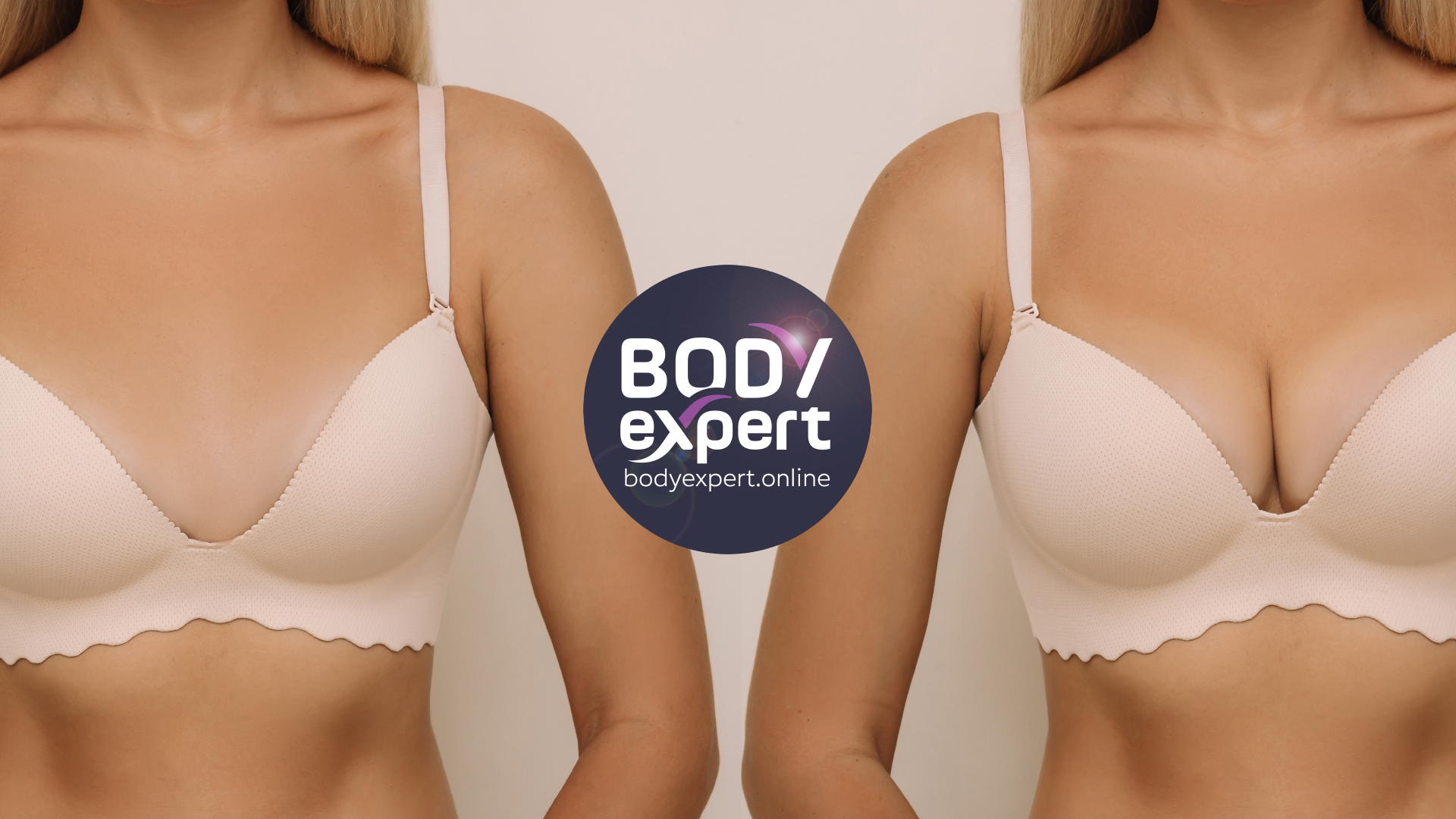
Longevity of Results
An important aspect of fat transfer breast augmentation is the longevity of the results. Some injected fat cells do not survive the graft, a phenomenon known as partial resorption. This phenomenon occurs mainly in the first three months following the operation. On average, 50 to 70% of the injected fat is estimated to survive and become permanently integrated into the breast tissue.
Several factors influence graft uptake and, therefore, the longevity of results:
- Surgical technique plays a crucial role, hence the importance of choosing an experienced surgeon.
- Smoking is a negative factor as it reduces tissue vascularisation and the survival of fat cells.
- Excessive pressure on the breasts post-operatively can also compromise graft take.
- Significant variations in weight can affect breast volume, as is naturally the case.
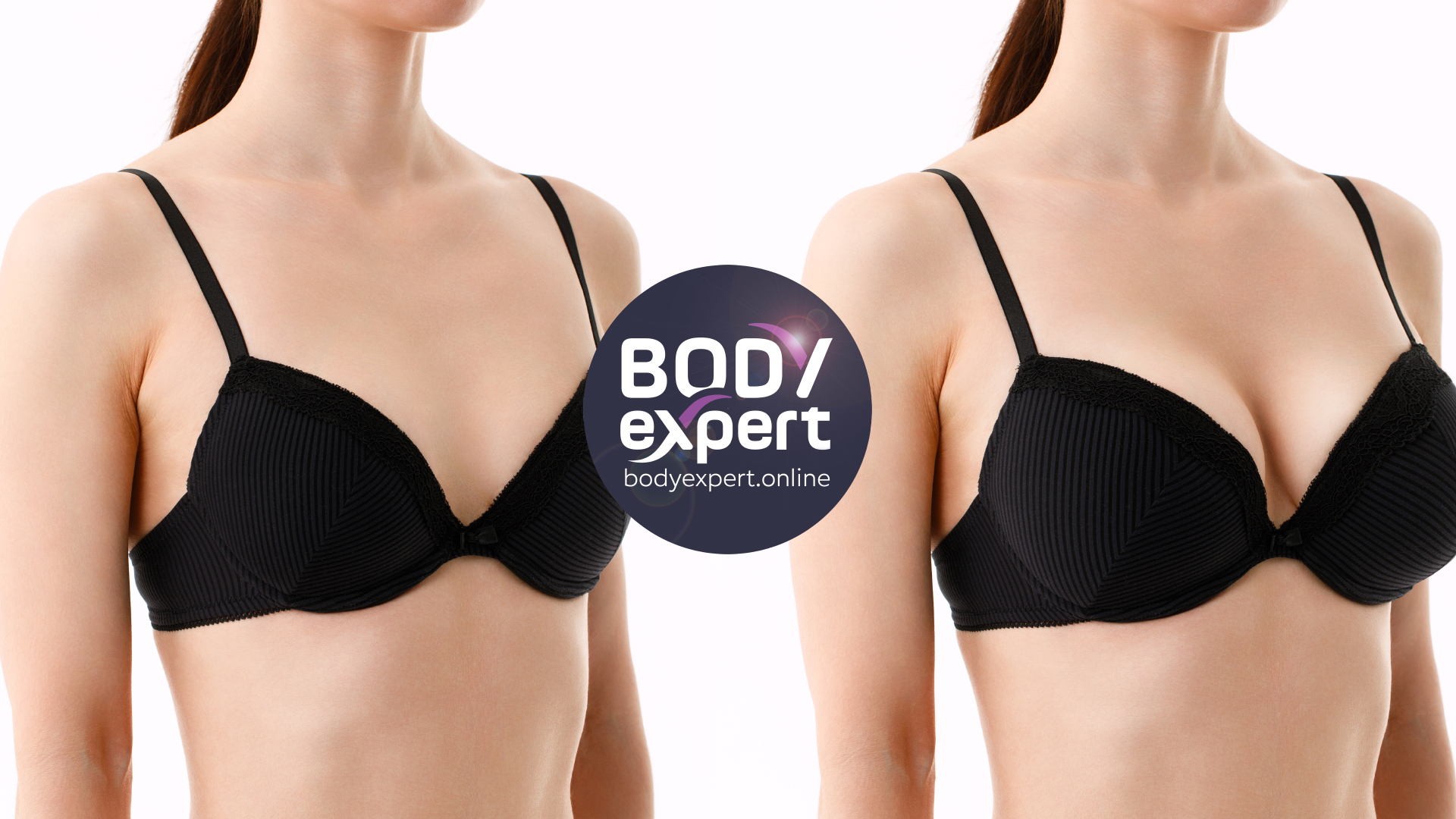
Number of Sessions Required for Optimal Results
Two to three sessions of fat transfer breast augmentation are often necessary to obtain optimal results. These sessions are typically spaced at least three to six months apart. This is crucial as it allows complete revascularisation of the tissues between each session, optimising graft uptake during subsequent injections.
This step-by-step approach enables a gradual increase in breast volume naturally and allows for refining the result as the sessions progress. The surgeon can precisely adjust the volume and shape of the breasts, taking into account the partial resorption of fat and the patient’s wishes.
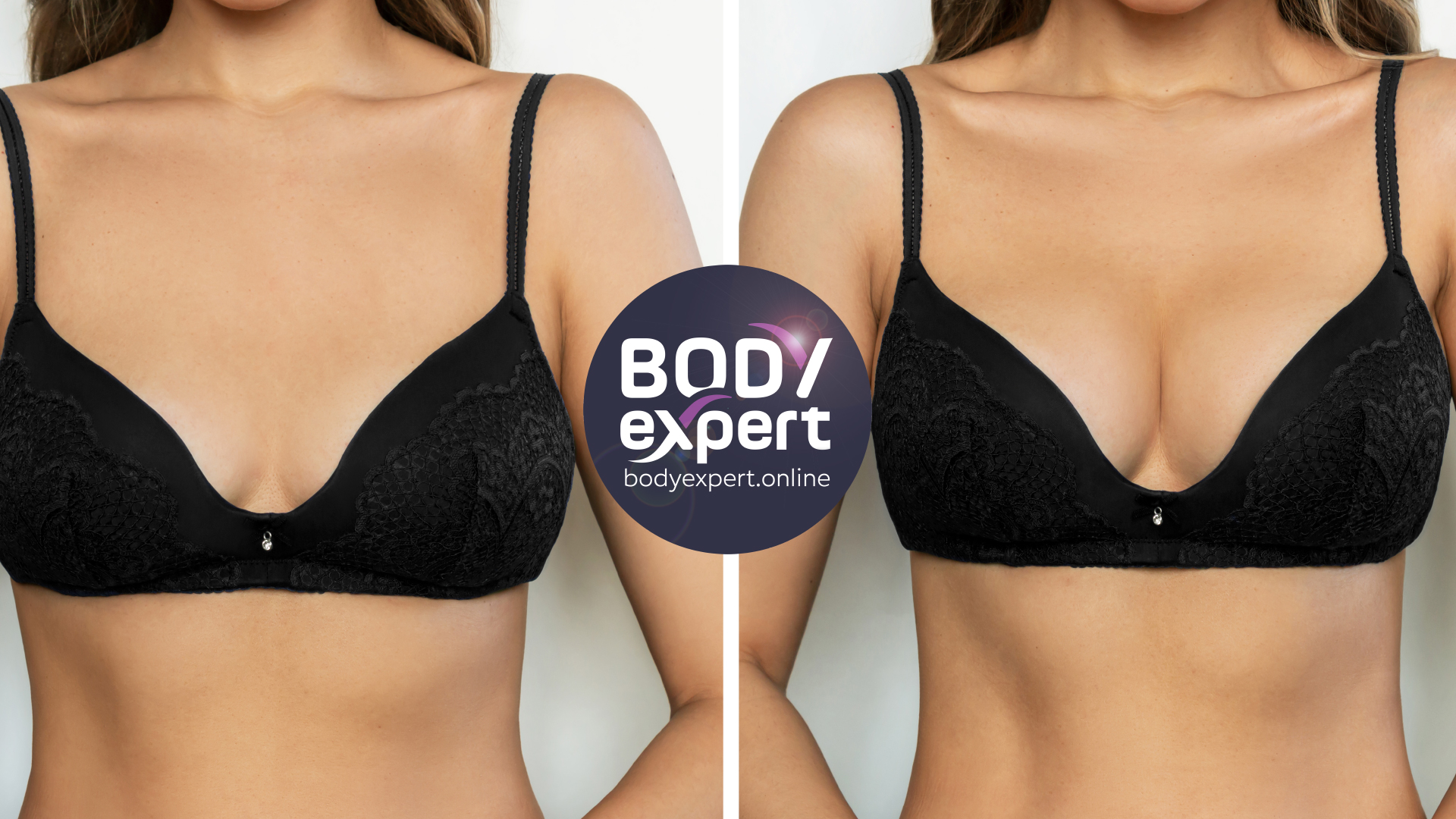
Advantages of Fat Transfer Breast Augmentation
Fat transfer breast augmentation offers numerous advantages, making it an increasingly popular option for breast enhancement:
- Using the patient’s tissue eliminates any risk of rejection and ensures perfect compatibility with the body.
- Natural results: The breasts’ appearance is harmonious, and they remain supple to the touch, resembling their natural texture.
- Dual aesthetic benefit: In addition to breast enhancement, patients benefit from liposuction of the donor areas, thus improving the overall silhouette.
- Minimal scarring: The entry points for liposuction measure only 2 to 3 mm and becomes virtually invisible after healing.
- Limited long-term risks: Unlike breast implants, there is no risk of capsular contracture, rupture, or leakage, and no changes are required over time.
- Fine correction of asymmetries: Fat transfer allows for a tailored result.
- Improved skin quality: The regenerative properties of fat cells offer an additional benefit many patients appreciate.
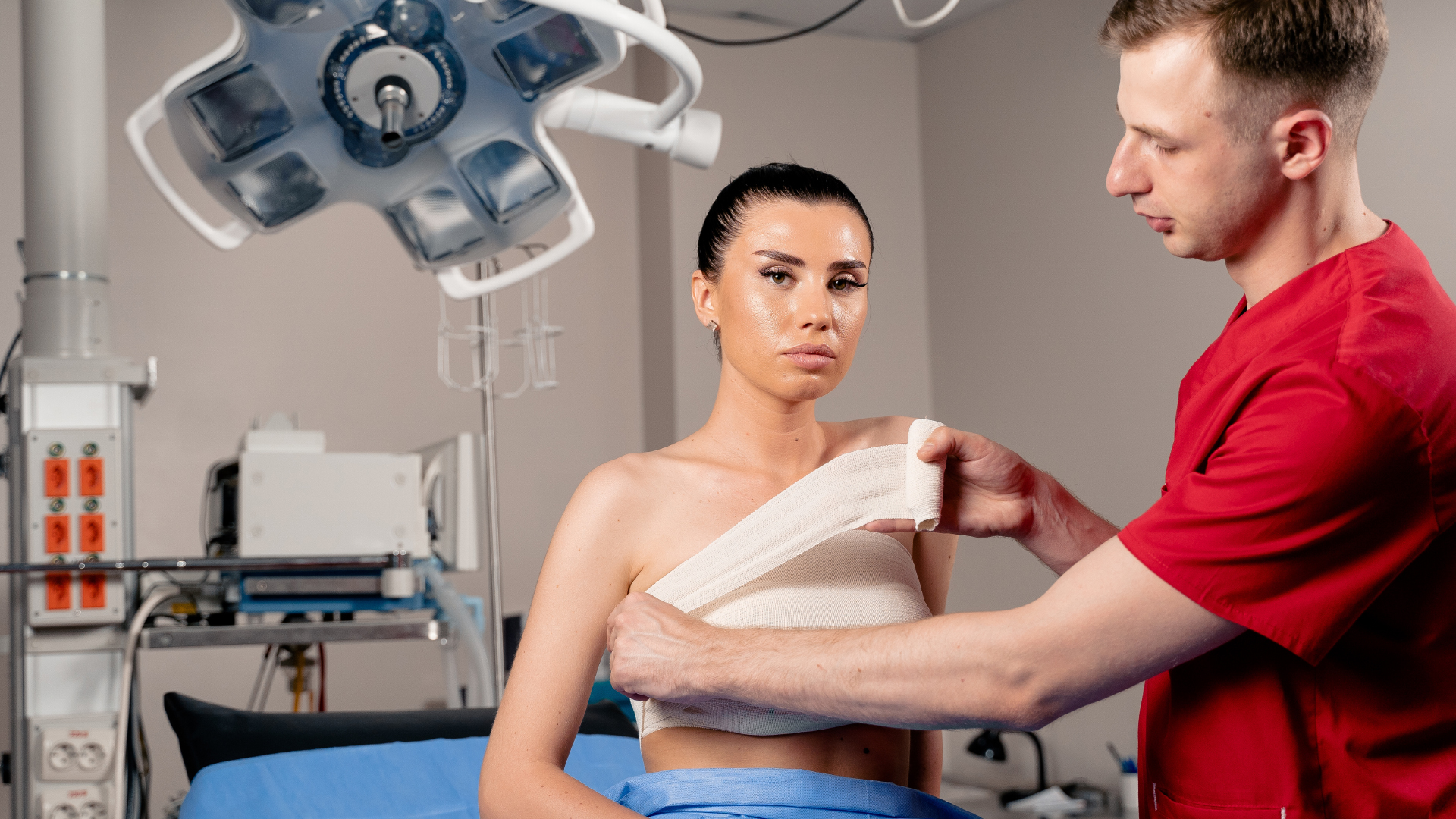
Potential Risks and Complications of Fat Transfer Breast Augmentation
As with any surgical procedure, fat transfer breast augmentation carries certain risks. These risks can be divided into two categories: those associated with surgery in general and those specific to fat-transfer breast augmentation.
General Surgical Risks
The general risks associated with any surgical procedure also apply to fat transfer breast augmentation:
- Bleeding and haematomas: Although rare, these complications can sometimes require repeat surgery.
- Post-operative infections: Very rare in the case of fat transfer breast augmentation (incidence less than 1% of cases), they are generally treated effectively with antibiotics.
- Complications linked to anaesthesia: Exceptional, but a pre-anaesthetic consultation is systematically conducted to assess individual risks.
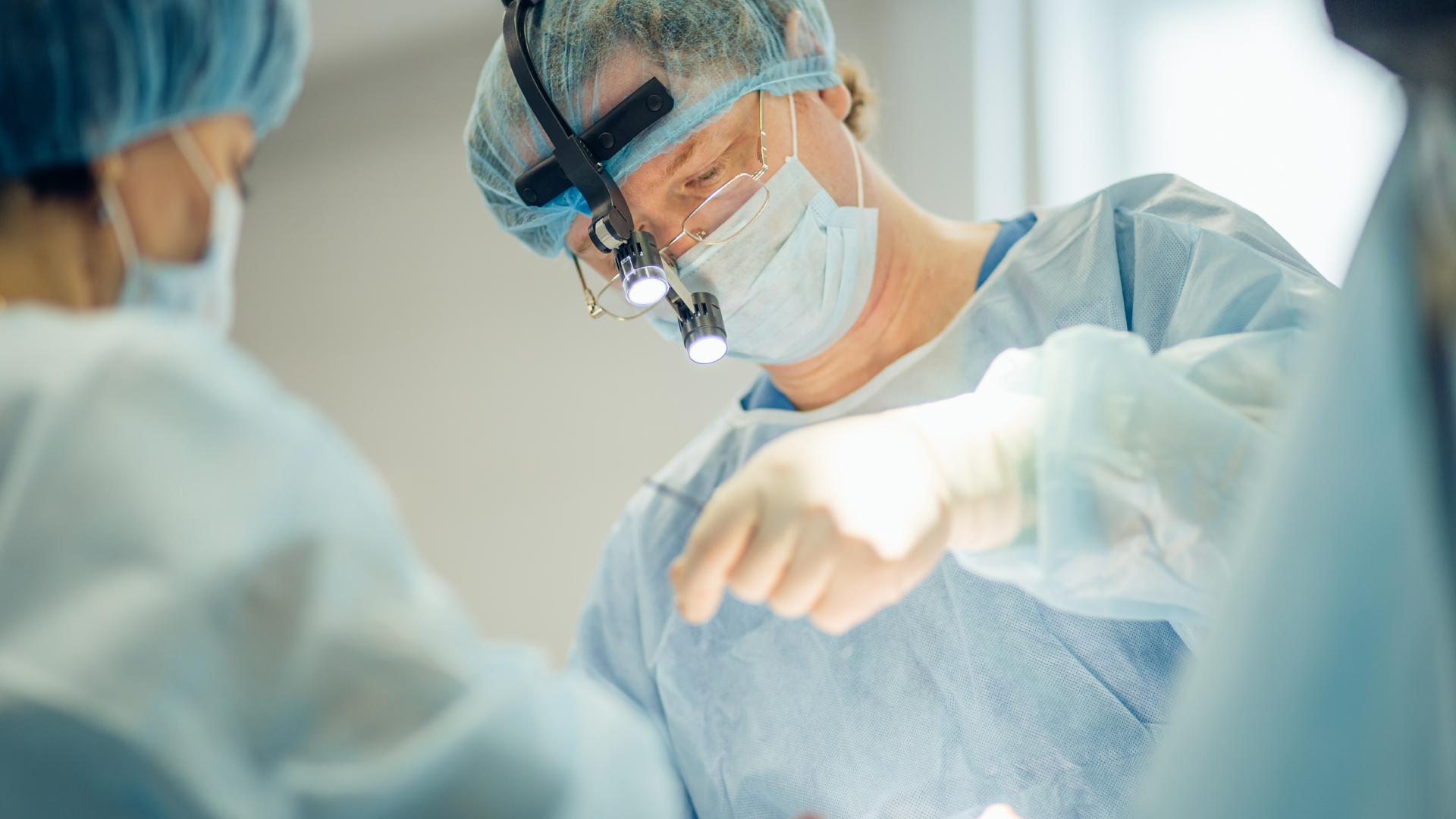
Risks Specific to Fat Transfer Breast Augmentation
Fat transfer breast augmentation also presents its specific risks:
- Significant resorption of injected fat: This phenomenon can lead to a greater volume loss than expected, sometimes necessitating additional sessions.
- Formation of oil cysts: These small, palpable balls under the skin are generally benign and often resolve spontaneously.
- Calcifications: Although visible on mammography, they can generally be distinguished from the suspicious calcifications associated with breast cancer.
- Surface irregularities: They may require touch-ups linked to uneven distribution of the injected fat.
- Asymmetry: Although surgeons strive to obtain a result that is as symmetrical as possible, slight differences between the two breasts may persist.
It’s important to note that these risks are relatively rare when an experienced surgeon and post-operative recommendations are scrupulously followed.
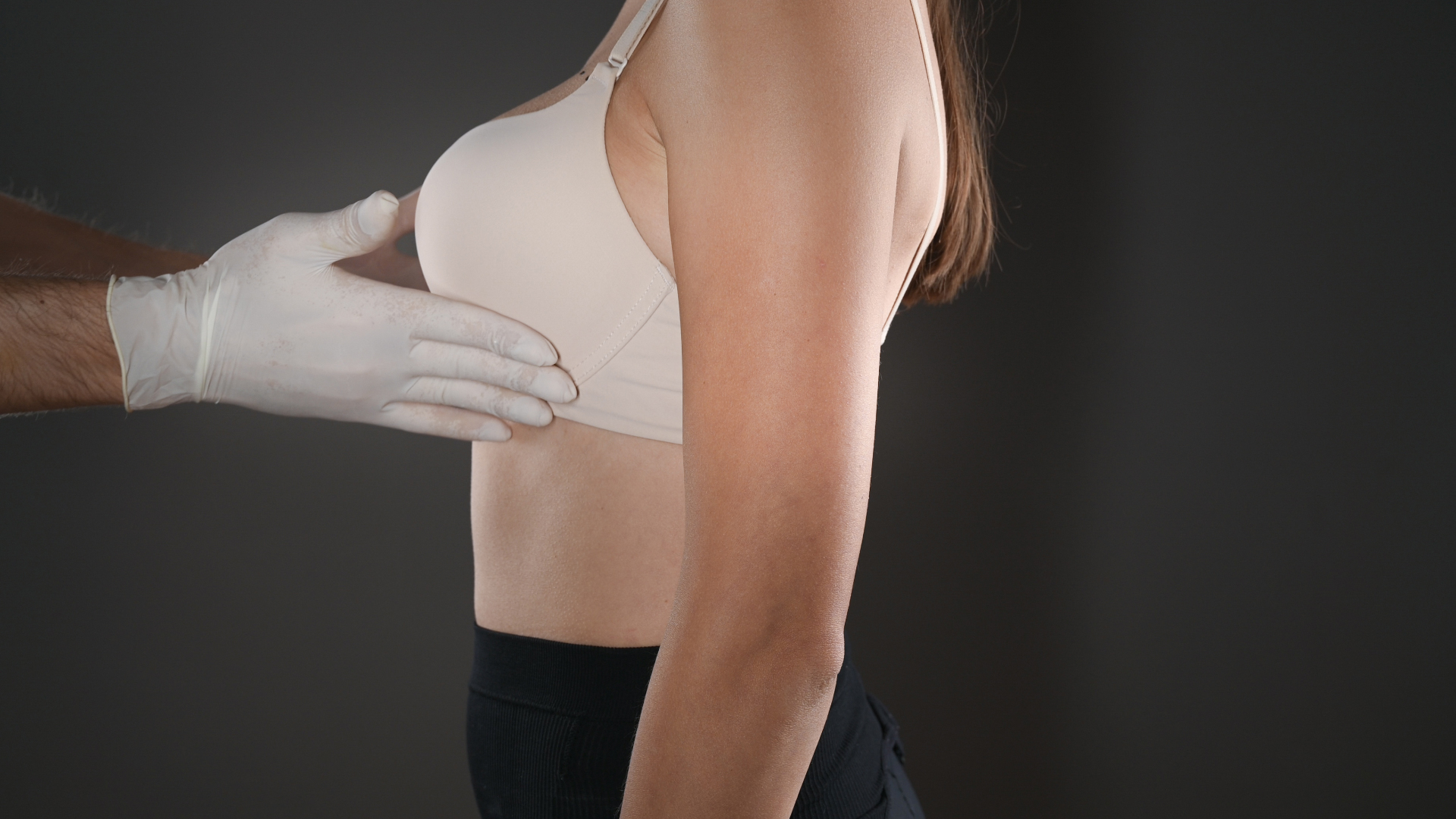
Recovery Process
The recovery period after fat transfer breast augmentation is generally well tolerated by most patients. Here’s what to expect:
- Post-operative pain is moderate, peaking between the 2nd and 3rd day and gradually diminishing over 1 to 2 weeks.
- Swelling and bruising are most pronounced within 48 to 72 hours following the operation and gradually subside over 2 to 3 weeks.
- Resumption of activities:
- Light daily activities: after 2 to 3 days
- Office work: between 3 and 7 days
- Gentle sports: after 3 to 4 weeks
- Intense sports and weight training: after 6 to 8 weeks
To optimise recovery, follow these tips:
- Wear the support bra 24 hours a day for at least a month.
- Avoid direct sun exposure to the operated areas for at least 3 months.
- From the 3rd week post-operatively, begin gentle breast massage as your surgeon recommends.
- Keep your body optimally hydrated to promote healing and the integration of fat cells.
Post-operative Follow-up
Post-operative follow-up is crucial to the long-term success of fat-transfer breast augmentation. Here is a typical schedule of follow-up consultations:
- 7-10 days post-operatively: Sutures removed and initial healing checked.
- 1 month after the operation: Check on the progress of the healing and ensure that there are no early complications.
- 3 months post-operatively: More in-depth evaluation of the results once most of the fat resorption occurs.
- 6 months after the operation: Final assessment and possible second fat transfer session planning.
In addition, imaging examinations are recommended:
- Ultrasound at 3 months: To check that the fat graft has been set properly and assess the injected volume distribution.
- Reference mammogram at 1 year: This examination will serve as a basis of comparison for future screening mammograms.
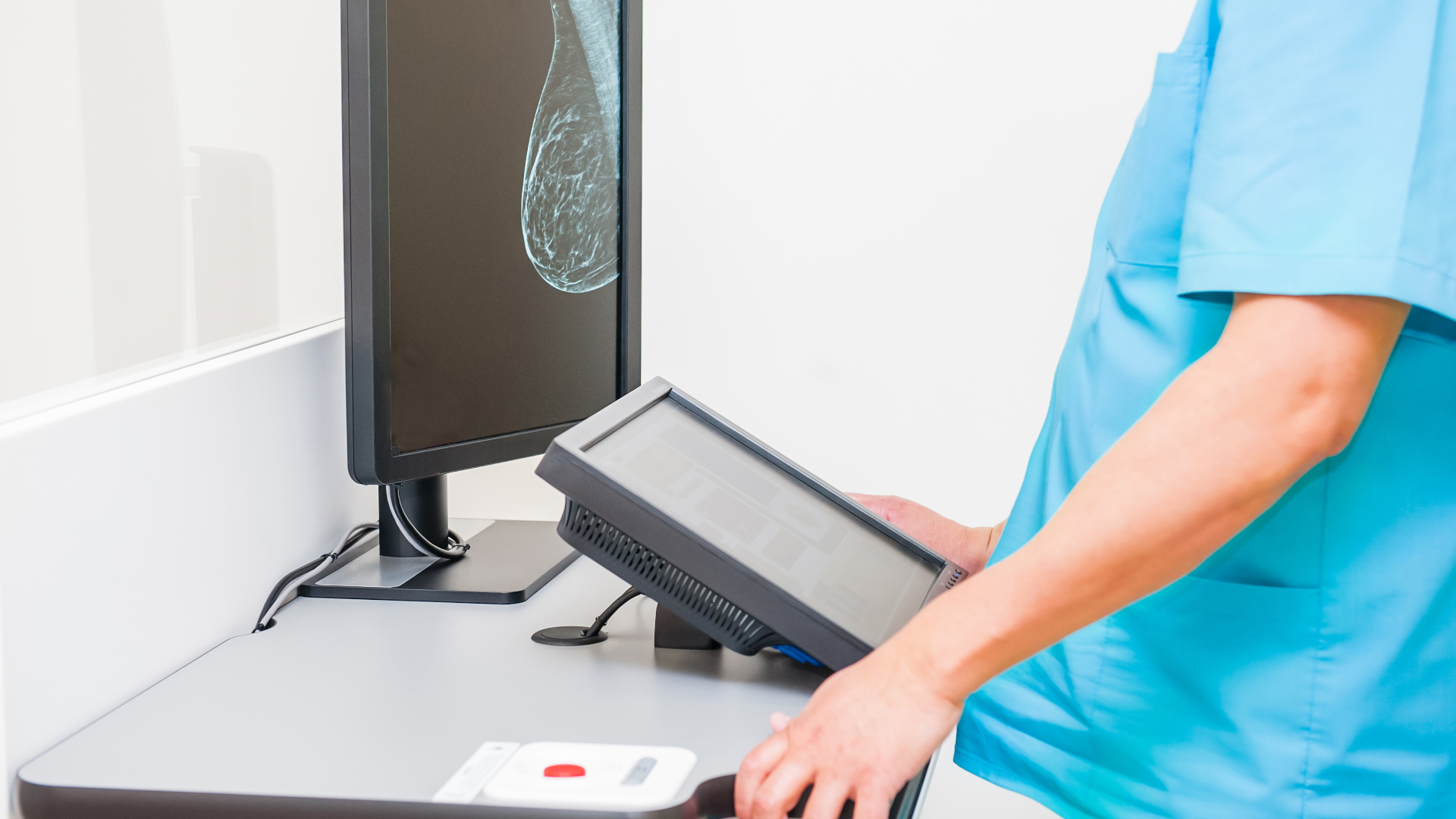
Cost and Reimbursement Options for Fat Transfer Breast Augmentation
Cost of Fat Transfer Breast Augmentation in the UK
The cost of fat transfer breast augmentation in the UK generally varies between £3,000 and £6,000 for a single session. Several factors influence this price:
- The surgeon’s reputation and experience
- Geographical location (prices are generally higher in London)
- The volume of fat to be injected and the number of areas to be treated with liposuction
NHS Coverage in the UK
In the UK, fat transfer breast augmentation carried out for purely aesthetic reasons is not covered by the NHS. However, partial coverage may be considered in certain cases:
- Major congenital breast asymmetries
- Poland syndrome (congenital malformation characterised by the absence of a pectoral muscle)
- Reconstruction after breast cancer
In these cases, prior approval from the NHS is required.
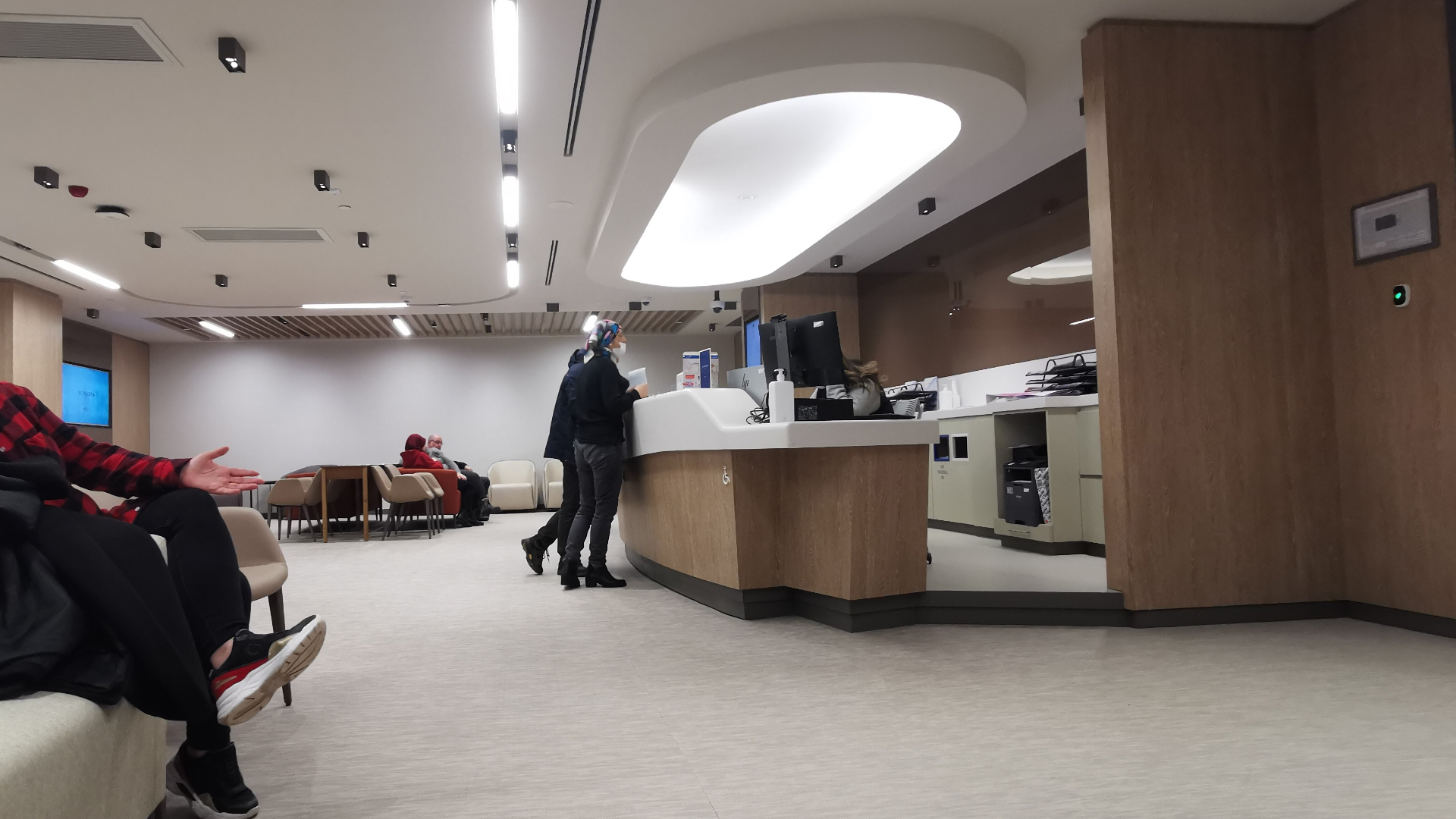
Medical Tourism: An Alternative Worth Considering?
Given the high costs in the UK, medical tourism can be an alternative. Turkey, in particular, has become a popular destination for cosmetic surgery, including fat transfer breast augmentation.
Body Expert, for example, offers fat transfer breast augmentation packages in Turkey from €3,300. This price includes:
- The operation
- One night’s hospitalisation
- Pre- and post-operative consultations
- Necessary pre-surgical examinations
- A personal assistant-interpreter

Some additional costs are to be expected:
- Accommodation in a 4- or 5-star hotel (from €90 per night)
- Transfers between the airport and the hotel (approximately €50 per journey)
- The recommended length of stay is generally 8 nights, allowing for immediate post-operative follow-up before returning home.
Comparison of Costs UK vs Turkey (in pounds sterling)
A comparison of costs shows that medical tourism in Turkey can offer savings of 30 to 50% compared with prices in the UK.
The choice between an operation in the UK or abroad depends on many personal factors. Before deciding, it is essential to thoroughly research the chosen clinic and surgeon and carefully weigh each option’s advantages and disadvantages.
Fat transfer breast augmentation represents a significant advance in the field of breast enhancement, offering a natural and attractive alternative to traditional implants.
Medical tourism in Turkey with Body Expert may offer a cost-effective alternative for those considering this procedure. Contact Body Expert for a quote and to find the solution best suited to your specific needs and expectations.
1658 vues
0 commentaires
0


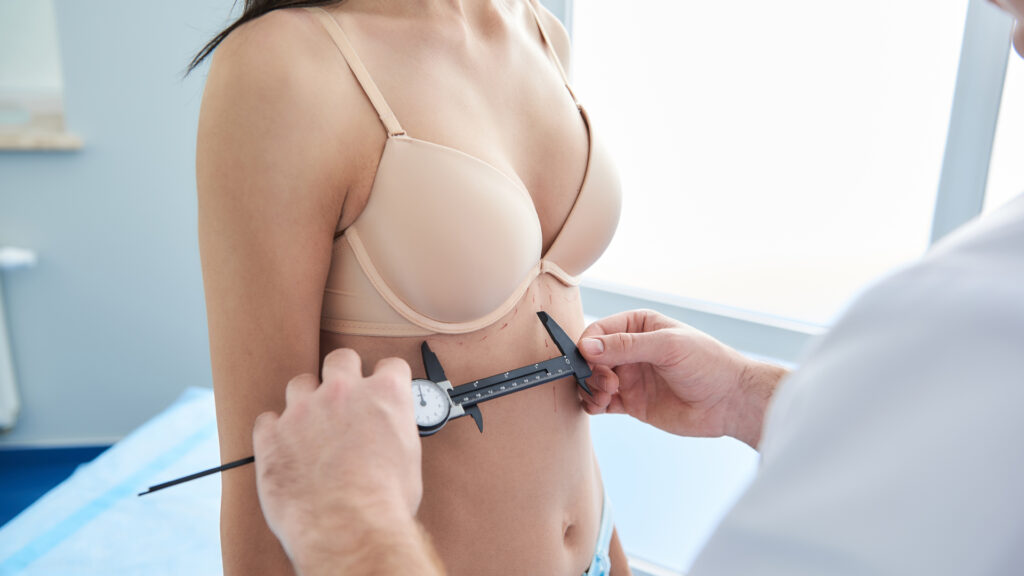
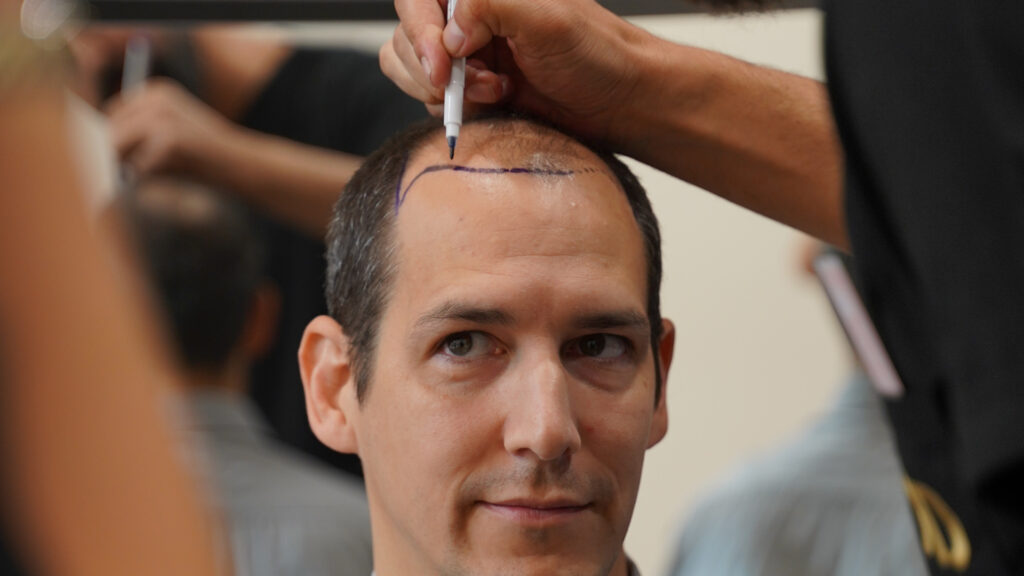


Il n'y a pas de commentaires pour le moment.